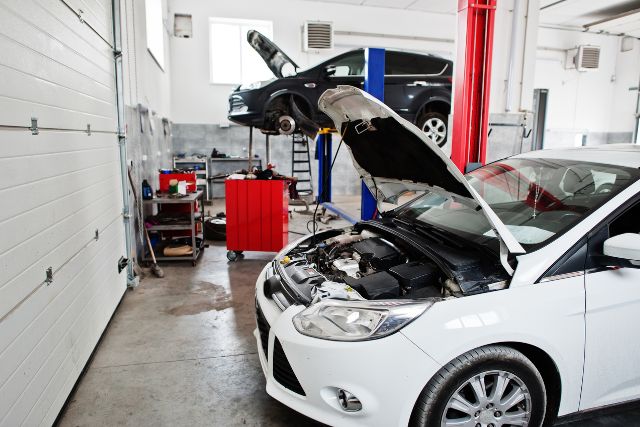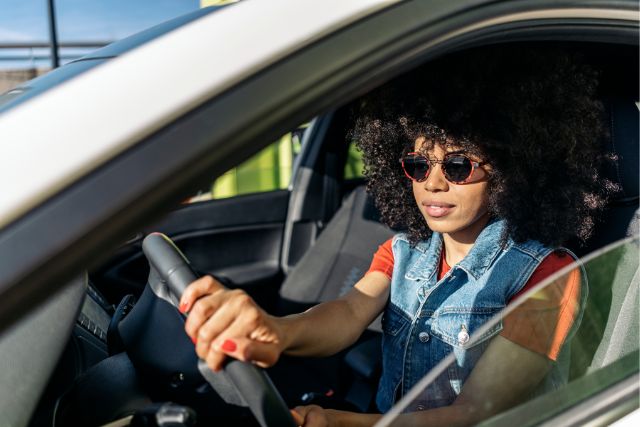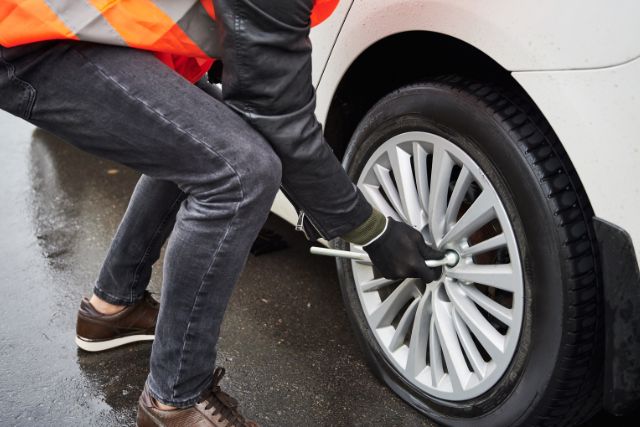Driving Safety: What Women Need to Know

Erika Marie is a fashion and beauty writer as well…

As a female driver, it is crucial to be aware of the risks of being on the road. Knowing how to prevent danger and understanding proper safety measures are essential for anyone behind the wheel, especially women. This article will provide helpful tips for staying safe while driving, from essential car maintenance to dealing with an emergency. Here are some safety tips for female drivers to remember when they’re behind the wheel.
Vehicle Maintenance

Vehicle maintenance is one of the essential safety tips for female drivers. Ensuring your vehicle is in good condition can help you avoid dangerous and costly accidents. Here are some tips to keep in mind when it comes to maintaining your car:
First, check the fluid levels regularly. Ensure your oil, coolant, transmission fluid, and brake fluid are at their proper levels. If these fluids are low or dirty, immediately take your car to a shop for service or repairs. Also, check tires regularly for proper inflation and wear-and-tear to have good traction on the road.
Second, be aware of any warning lights that come on in your dashboard so that you can address any issues quickly before they become more severe problems down the line.
It’s also essential to stay up-to-date on routine maintenance like oil changes, tire rotations or balancing, brake inspections, and other tune-ups. Additionally, inspect the battery terminals for corrosion buildup every six months.
Defensive Driving Techniques

Defensive driving involves anticipating potential dangers before they happen and ensuring your protection, such as maintaining a safe following distance from other vehicles and scanning the roads for possible obstacles or hazards. It also involves anticipating what other drivers may do and knowing how you will respond if something unexpected happens. Being prepared for any situation is critical when it comes to defensive driving.
Drivers should also know their vehicle’s capabilities and handling characteristics, such as braking systems and acceleration rates. Defensive driving techniques not only help protect you, but they also help protect other motorists, so be sure to follow them every time you take to the roads!
Night Driving Safety

Night driving is a skill that requires special attention and caution to ensure the safety of the driver, their passengers, and other motorists. With some helpful safety tips, drivers can make nighttime driving safer and more enjoyable.
To begin with, drivers should make sure they are well-rested before starting to drive at night. Driving while tired can lead to poor decision-making and slower reaction times, two things that can easily cause an accident on the road. Additionally, all car lights (headlights, brake lights, taillights, etc.) must function correctly so that other motorists know your presence on the road.
Increase your following distance to give yourself more time to react if an unexpected event occurs. Be extra vigilant about checking mirrors and blind spots for other cars, cyclists, and pedestrians when turning or changing lanes.
Drivers should also keep their eyes peeled for animals crossing from one side of the road to another at night. Finally, always wear a seat belt – this may seem common sense, but it is often overlooked at night or when tiredness sets in.
Roadside Assistance

Roadside assistance can be an invaluable part of driving safety. Whether due to a flat tire, an out-of-gas situation, or other issues, having access to help on the side of the road can make all the difference in a tricky spot.
First and foremost, it’s crucial to have a roadside assistance plan set up with a trusted service provider like AAA or something similar. This will give you peace of mind knowing that help is available. Drivers should always keep their membership information readily available when they are traveling. This way, if urgent support is needed while away from home, they will have all contact information ready and save time trying to track it down. Likewise, it’s important to know what services are covered under one’s plan before setting off so that drivers can make informed decisions in the event of trouble.
Distracted Driving

Distracted driving is a growing problem on the nation’s roads, as many drivers use their phones or other devices while behind the wheel. According to the National Highway Transportation and Safety Administration (NHTSA), 3,142 people were killed due to distracted driving in 2020. Even though most drivers recognize that distracted driving is dangerous, many continue to take risks on the road.
Texting while driving is one of the most dangerous forms of distracted driving as it requires multiple forms of distraction; visual, physical, and cognitive. It takes all three to read, comprehend and reply to text messages. Texting should be reserved only for when a vehicle is parked.
Other risky behaviors include eating behind the wheel, talking on a cell phone, or having intense conversations with passengers in the vehicle. All these activities take away from focusing solely on navigating safely through traffic. By keeping your eyes and focus on the road, you can help ensure the safety of yourself, other passengers, and pedestrians.
Avoid Dangerous Areas

First, always plan and research before venturing out into unfamiliar places. Be aware of any local warnings about unsafe neighborhoods or streets that may cause danger for drivers. Avoid areas with a high concentration of traffic accidents, as these zones may contain hidden risks such as potholes or limited visibility due to overgrown vegetation.
Avoid driving down backstreets or alleyways if possible, as these can often be hotspots for crime. Additionally, try to stay away from taking shortcuts through unfamiliar neighborhoods at night – it’s better to stick to lit and populated roads if you can help it.
Wrapping Up
In conclusion, following these safety tips for female drivers is essential for the well-being of yourself, your passengers, and other motorists. Drivers should always wear seat belts, avoid dangerous areas, be aware of road conditions, and check their vehicles regularly for maintenance issues. Safe driving is everyone’s responsibility, and a few simple steps can help save lives on the roads. Make sure you are doing your part by adhering to the rules of the road and setting an example for others.
Save the image below to Pinterest so you can come back later!

Erika Marie is a fashion and beauty writer as well as a hardcore vintage clothing enthusiast. In her free time, she can be found thrifting for hidden gems to add to her collection.






